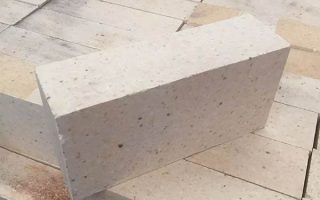I materiali refrattari si riferiscono generalmente a materiali inorganici non metallici con un refrattario non inferiore a 1580°C. Tuttavia, le definizioni variano in tutto il mondo, Per esempio, the international standard officially published by the International Organization for Standardization (ISO) stipulates that “refractory materials are non-metallic materials or products with refractories of at least 1500°C”.
Japan defines it as “inorganic non-metallic materials that are difficult to melt at high temperatures”. Although the definition of refractory material differs from country to country, the basic concept is the same. Questo è, refractory materials are used as structural materials for high-temperature kilns, forni, and other thermal equipment, as well as materials for industrial high-temperature containers and components, and can withstand the corresponding physical and chemical changes and mechanical effects.
mattone refrattario
Unlock the potential of our refractory bricks for your cement kilns. Enhance clinker production and reduce energy consumption.
Caratteristiche prestazionali dei prodotti di mattoni refrattari di uso quotidiano
La composizione chimica e la struttura dei mattoni di vetro per alte temperature sono le stesse dei normali rivestimenti delle fornaci. La composizione chimica dei materiali refrattari è composta principalmente da silice (SiO2), Al2O3, SiO2, MgO2, Fe2O3, MgO, e MgO.
I refrattari in alluminosilicato sono realizzati a base di silice, sinterizzato ad alte temperature con un'adeguata quantità di liquido fuso alcalino, e vengono riscaldati e fusi o macinati meccanicamente per produrre una materia prima sinterizzata o lavorata mediante un determinato processo.


